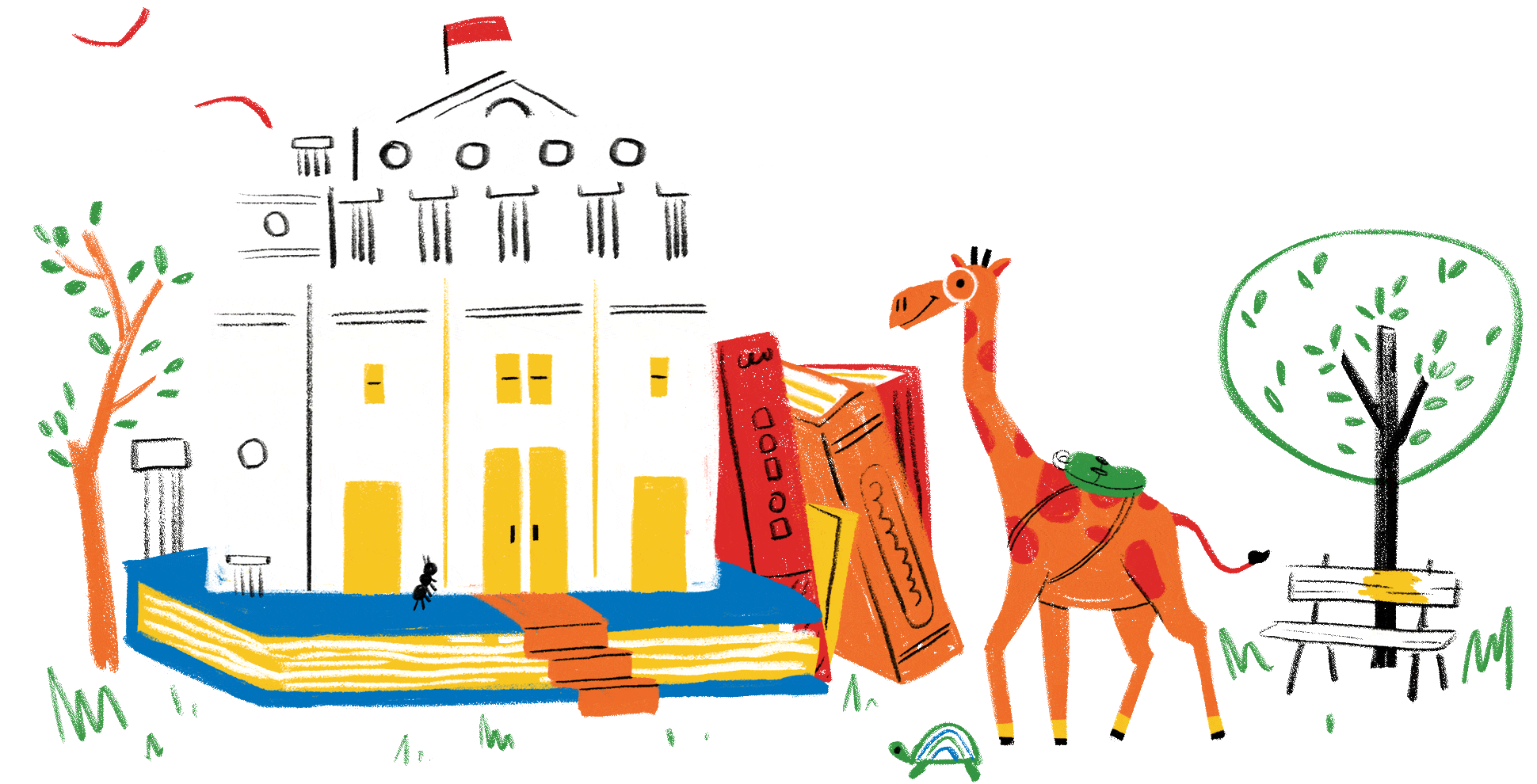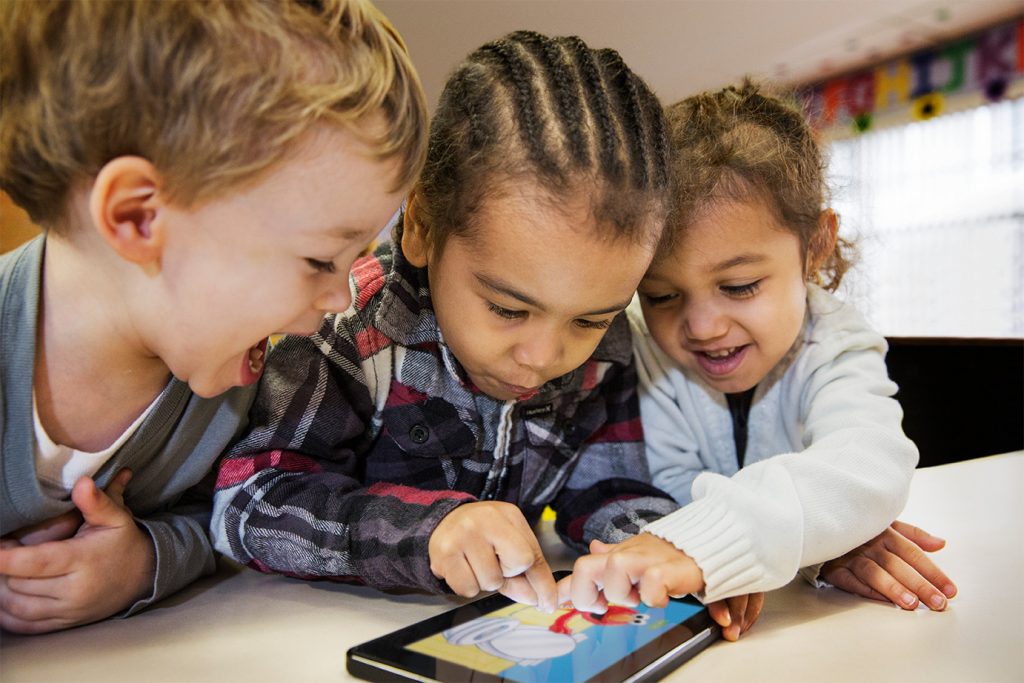Get support with additional resources


Playtest with Kids focuses on what to do in playtesting sessions. We highlight this part of the research process because getting meaningful feedback from kids looks very different from research with adults.
For those newer to playtesting and user experience research, here is a curated selection of our favorite resources. While some recommendations below are specific to kids, other parts of the process, such as documenting sessions and synthesizing findings, are more broadly applicable.
Get help from anyone who’s conveniently available first. Doing a test run with a friend or colleague can help uncover general issues in your protocol that might also affect kids. Once those kinks are ironed out, it’s time to move onto playtesting with kids. It can be helpful to tap into existing networks of colleagues who have or know kids who are similar to your target audience in age, gender, and other background characteristics. But it’s also important to be aware of how your own network might be different from your target audience, and to seek out participants that reflect the diversity of the kids who will use your product. Post online to local parent groups. Create flyers for libraries, cafes, bookstores, and other local spots that have community bulletin boards. Be sure to get permission from interested parents and make it clear to them what data you’re recording, and how the data will be used.
Make the space comfortable for kids by being intentional about what’s in the room and how you position yourself. Furnish the room with colorful rugs, comfy couches, or kid-sized chairs and tables that are inviting to kids. Get down at their level when interacting with them because tall, hovering adults can be scary! And don’t forget to stock up on hand sanitizer, tissues, and antibacterial wipes to clean screens and surfaces, as kids can be germy and drooly.
Kids also have built-in comfort in their own homes if it makes sense for you to go to them, or conduct playtesting sessions remotely, instead. (See our methods cards about setting up the playtesting environment, including remote sessions, for more tips.)
The first step in planning your playtesting session is to clarify what you want to learn. What questions are you trying to answer? Once you’ve determined your goals, use this website to choose methods that support them. In addition to looking for methods that work for your audience and product, look for a mix of hands-on activities and questions. Next, think through the sequence, and timing of your session. It’s a good idea to start off with some methods that build rapport, so that kids are comfortable with you and the environment by the time you start testing the product. Try to alternate between different kinds of methods; for example, after asking a couple questions try an activity, or sit back and observe while the kid explores on their own. Finally, flesh out your plan with all the details you’ll need in order to use each method and stay on schedule. This plan will be your guide and script for the testing session.
It is helpful to have an extra pair of hands to help with documenting the playtesting session whenever possible. This ensures one researcher can focus on interacting with kids while someone else takes notes. Other types of recordings to consider are screen, audio, video, and photo. Think about which types of documentation are most important to your research questions and don’t overdo it.
Start documenting key findings and themes from your playtesting sessions as soon as possible. Have anyone who was present, even just as an observer, jot down key things they learned from each participant after each session. Start clustering findings across participants into patterns and themes about how usable the product was, how engaged participants were, and other experiences that relate to your research questions.
For each key finding from your playtesting sessions, decide on the next step as a team. For example, will you make a change based on that finding? Is the change obvious or will you need to brainstorm solutions? Will you consider certain issues in the future but not now? Keep those decisions documented and make sure there’s enough context so that if someone comes back to the document months from now, it will still make sense.
It’s critical to consider diversity, equity, and inclusion during a product’s research and design process to ensure that all kids can benefit from what you create. Here are a few resources to get you thinking about both playtesting and designing for kids with diverse backgrounds, identities, abilities, and needs.

Additional resources
Design and Development
- Building for Kids
Google Play - Designing for Kids: Cognitive Considerations
Nielsen Norman Group - Design for Kids Based on Their Stage of Physical Development
Nielsen Norman Group - Product Design For Kids: A UX Guide To The Child’s Mind
UXStudio - Best Practices: Designing Touch Tablet Experiences for Preschoolers
Sesame Workshop - The New Coviewing: Designing for collaborative media experiences among kids and families
The Joan Ganz Cooney Center
Learning
- Stanford Development and Research in Early Math Education
Dreme - Sesame Street: Ready for School!: A Parent’s Guide to Playful Learning for Children Ages 2 to 5
Rosemarie T. Truglio PhD - Learner Variability Navigator
Digital Promise - Literacy Development for ages 2 to 8
PBS Kids
Co-designing with kids: